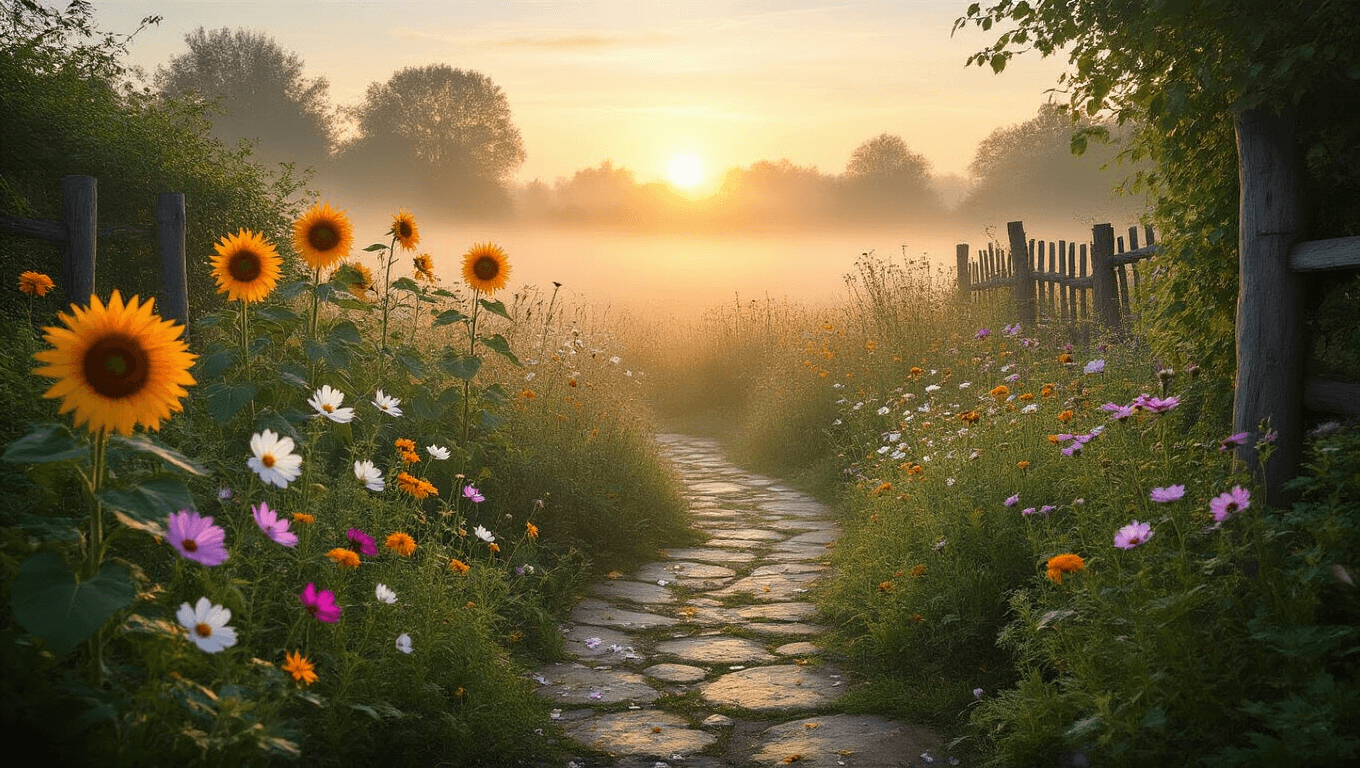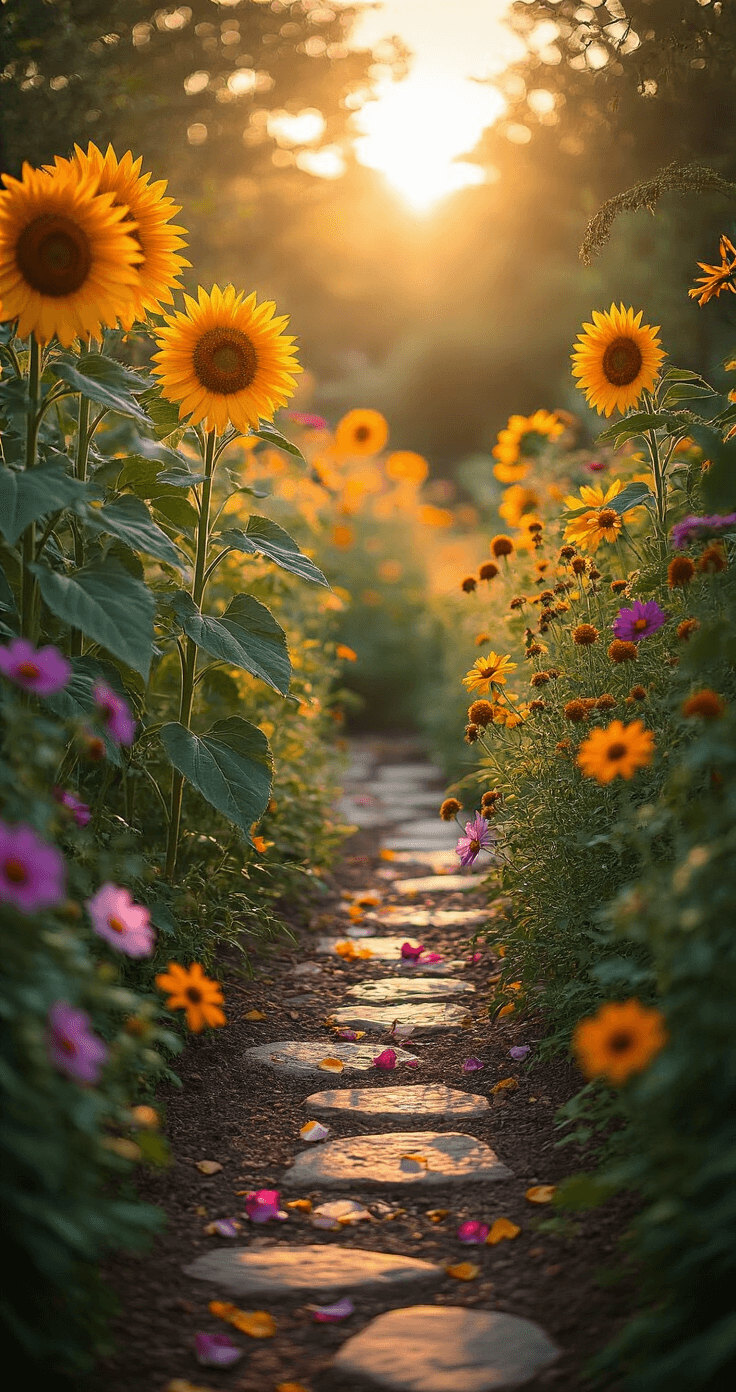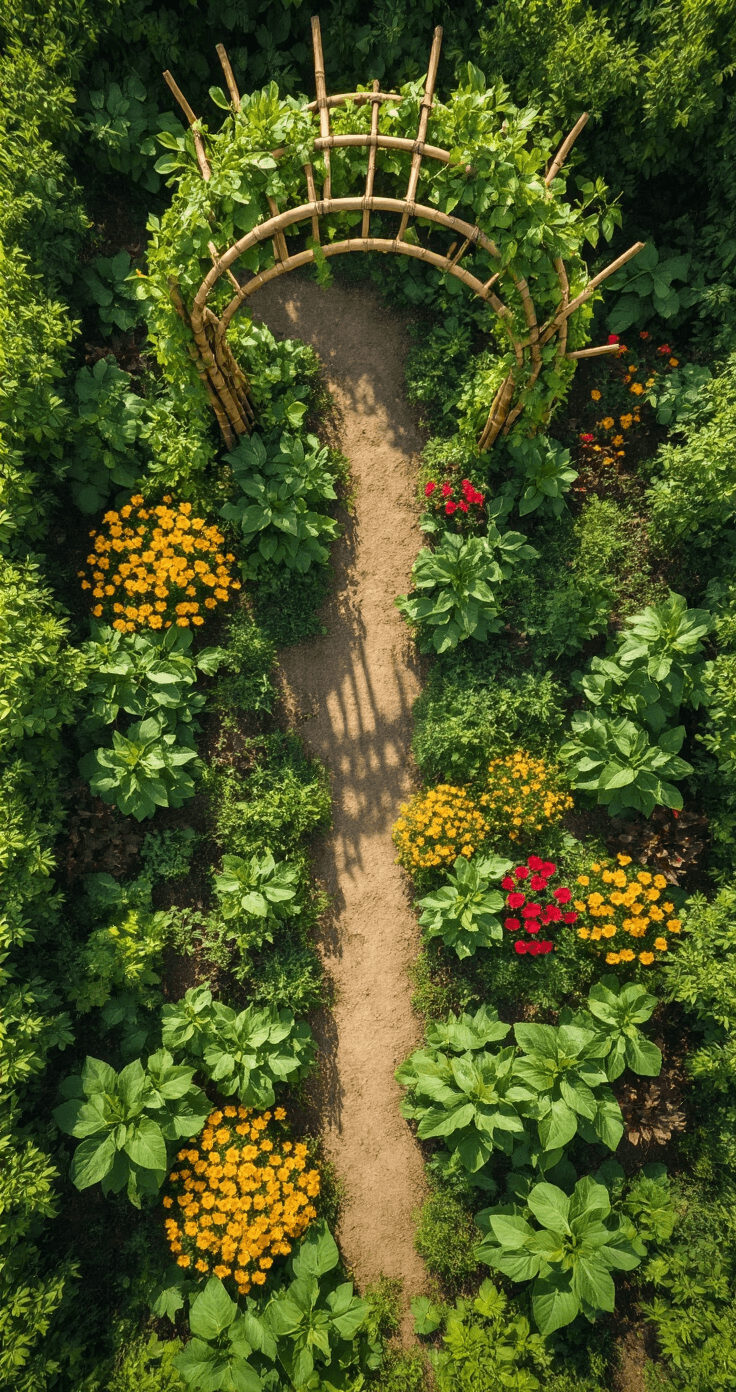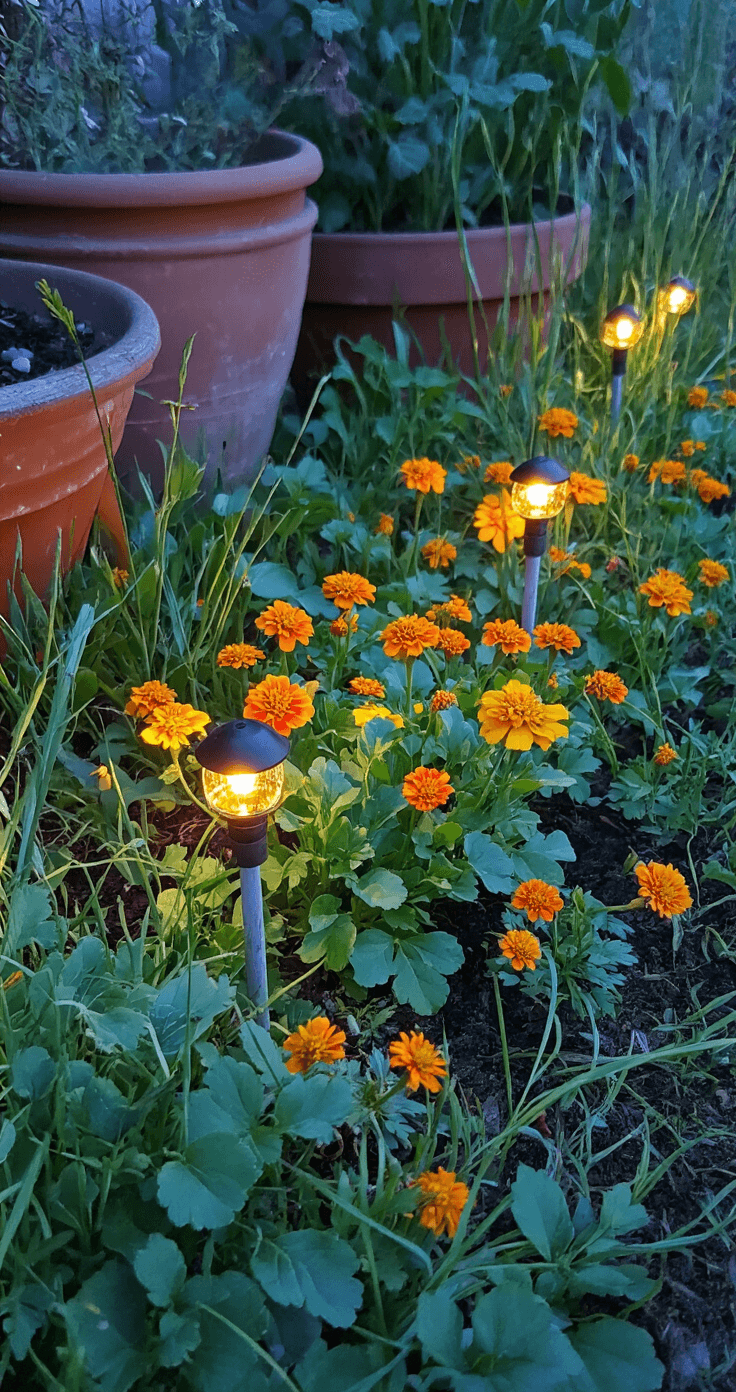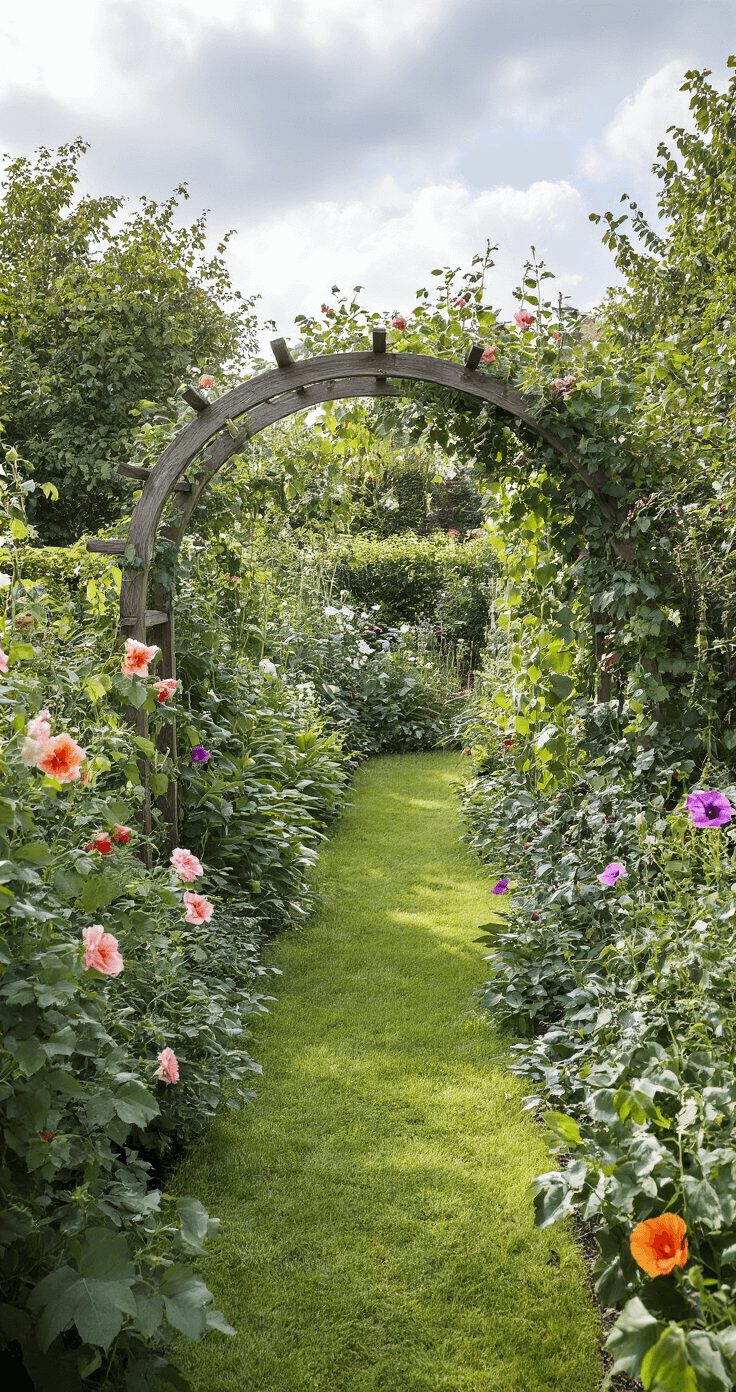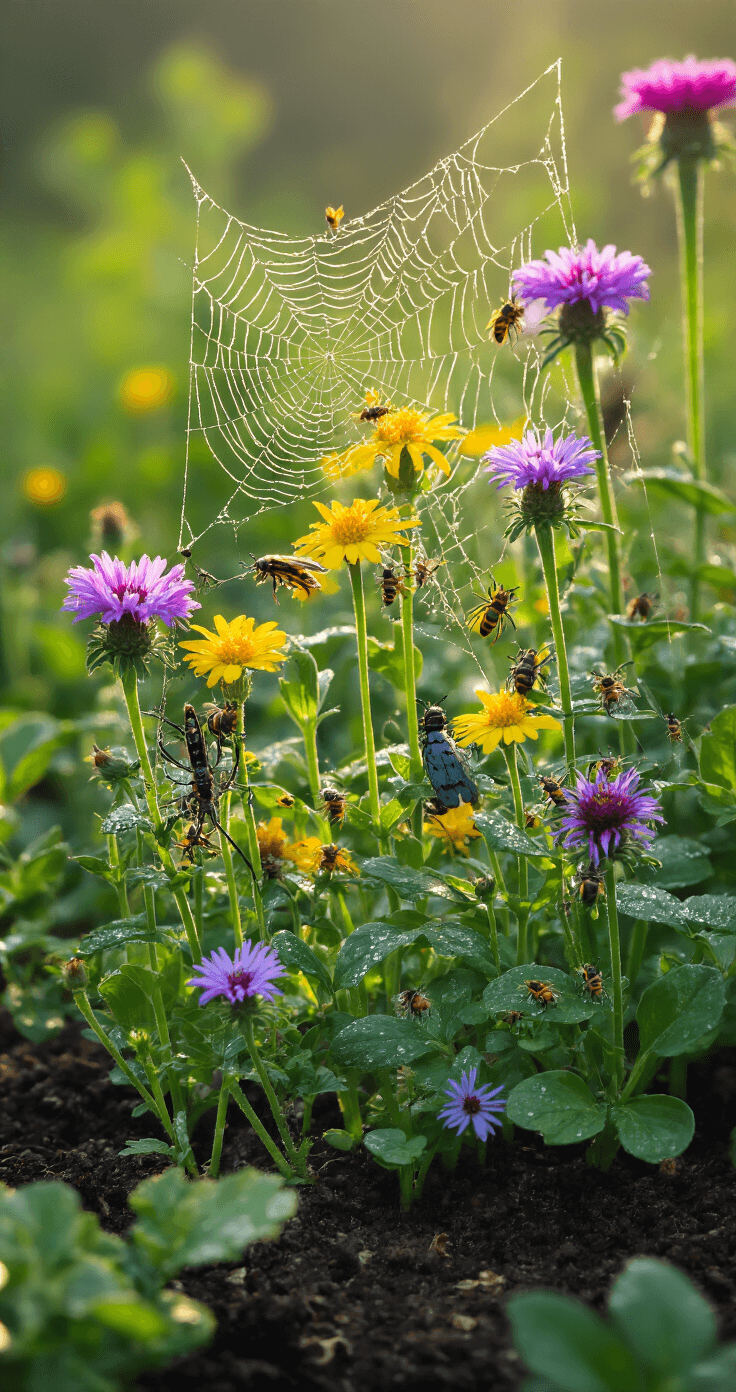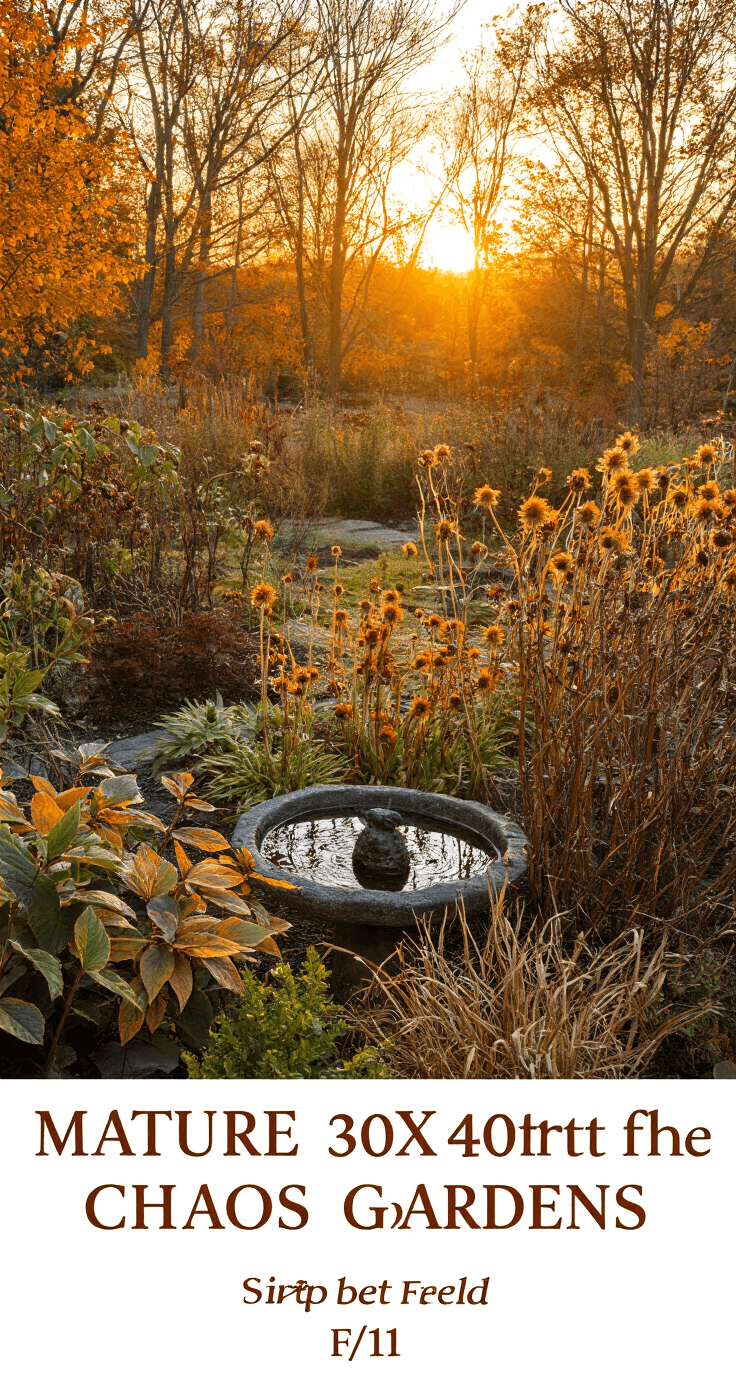This post may contain affiliate links. Please see my disclosure policy for details.
Chaos Gardening: Unleash Nature’s Wild Symphony in Your Backyard
Contents
Are you tired of meticulously planned gardens that demand constant attention? Chaos gardening might just be your gardening revolution.
What Exactly is Chaos Gardening?
Chaos gardening is the rebel’s approach to growing plants. It’s gardening without rules, where seeds become wild artists painting unpredictable landscapes across your soil.
The Chaos Garden Philosophy
- Embrace randomness
- Minimal effort
- Maximum biodiversity
- Budget-friendly approach
How to Start Your Chaos Garden Adventure
Essential Supplies You’ll Need
Step-by-Step Chaos Planting Process
Preparation is Simple:
- Loosen soil surface
- Mix seeds randomly
- Scatter without precision
- Water lightly
- Walk away and let nature work its magic
Plants That Love Chaos
Top Chaos Garden Champions:
- Sunflowers
- Marigolds
- Cosmos
- Wildflowers
- Beans
- Radishes
- Milkweed
The Beautiful Unpredictability
Chaos gardening isn’t about perfection. It’s about creating a living, breathing ecosystem that evolves naturally.
Potential Challenges
What to Expect:
- Uneven growth
- Surprising plant combinations
- Some seeds might not germinate
- Wild, meadow-like appearance
Why Chaos Gardening Rocks
Key Benefits:
- Extremely low maintenance
- Supports local pollinators
- Budget-friendly
- Reduces gardening stress
- Creates unique landscape designs
Pro Tips for Chaos Gardeners
- Use native seed mixes
- Observe more, intervene less
- Embrace imperfection
- Experiment annually
- Document your garden’s evolution
Who Should Try Chaos Gardening?
- Busy professionals
- Gardening beginners
- Nature enthusiasts
- Budget-conscious plant lovers
- Those who hate rigid gardening rules
Final Thoughts
Chaos gardening isn’t just a method—it’s a philosophy. It’s about letting nature lead and enjoying the beautiful surprises along the way.
Your garden doesn’t need to be perfect. It needs to be alive.
Recommended Reading
- “The Wild Garden” by William Robinson
- “Planting in a Post-Wild World” by Thomas Rainer
Ready to unleash botanical chaos? Your adventure starts now.

